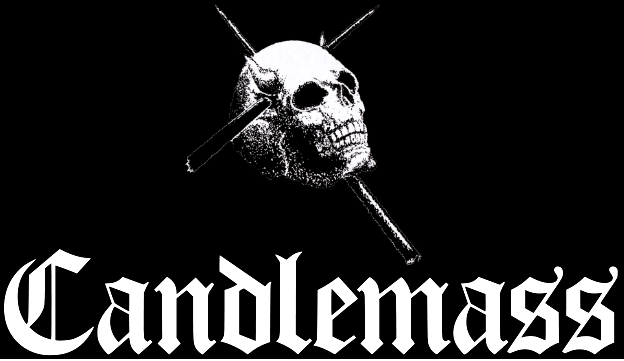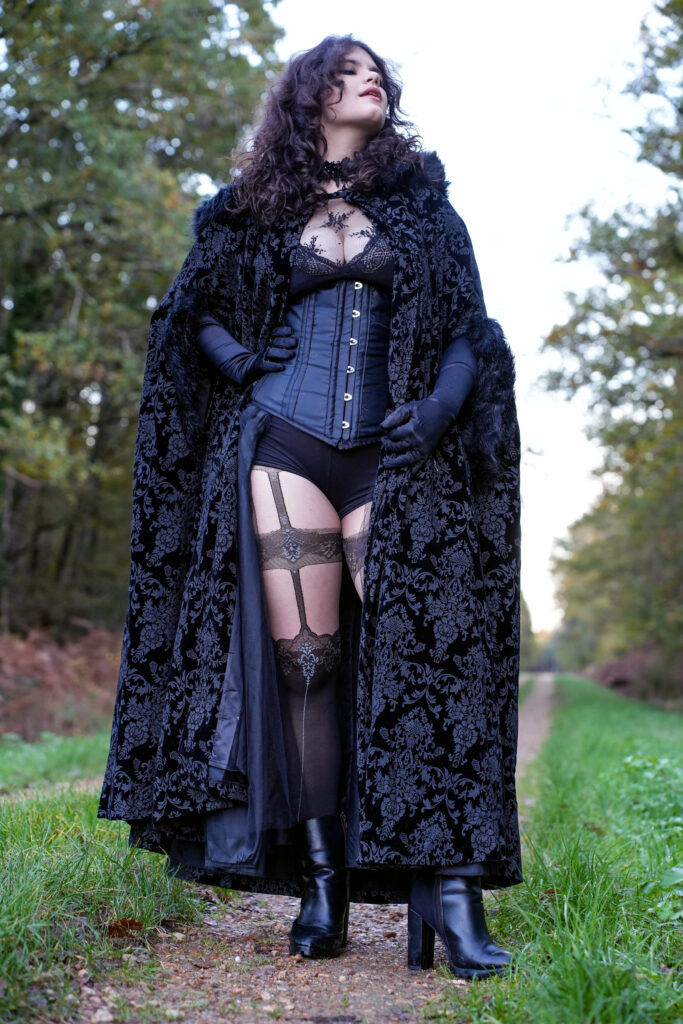Doom Metal
Doom Metal is a subgenre of Heavy Metal characterized by slow tempos and “dirty” guitars, which evoke a dark and anxious atmosphere. Bands of this genre had a lot of influence from Black Sabbath’s first albums and served as a basis for developing their music. In the 1980s, Doom Metal was established with the work of the bands Witchfinder General, Pentagram, Saint Vitus, Trouble, and, finally, Candlemass, considered the band that represents the best the subgenre. In the following decade, Doom Metal diversified with the emergence of subgenres such as Death/Doom and Sludge Metal.

Doom metal uses, in general, the same instruments as other genres derived from Heavy Metal: guitars, bass and drums. More traditional bands generally use just one guitarist, who performs the solos and rhythm parts. The other subgenres use two guitarists to give more power to their music, although this is not always the case. However, there are many bands (usually the most extreme) that make use of keyboards, as well as symphonic elements such as flutes, violins and harps. There are also several bans that add sounds generated by synthesizers, such as Drone/Doom groups. These, in fact, often do not require the use of drums due to their long and dense tempos.
Guitarists and bassists tune their instruments to really low notes and make great use of distortion (generating very heavy riffs), which, together with considerably slow rhythms, are predominant characteristics of the genre.
The precursors of this way of playing were Black Sabbath with their first three albums, followed by a wave of 80s bands (Pentagram, Bedemon, Witchfinder General, Pagan Altar, Saint Vitus and Trouble).
Vocals
Vocalists of more traditional Doom Metal favour clean voices, using a timbre of despair and pain.
In turn, Epic Doom metal vocalists sing with an Opera technique. Finally, Doom Metal bands with extreme influences emphasize the guttural vocals that come from Death Metal, mixing them with “spoken words” and agonized screams that come from Hardcore Punk (Sludge Metal). Still, there are experimental bands that perform wider vocals, going up to the baritone of Gothic Rock. Bands with Gothic influences also take advantage of the gifts of sopranos and mezzo-sopranos.
Letters
Lyrics are one of the most important aspects of Doom Metal, especially when it comes to bands influenced by Death Metal. Historically, they are nihilistic, including themes such as:

Perdition, occultism, depression, terror, fear, pain, mythology, hate, love and religious symbolism (such as graves, churches, priests, cathedrals, cemeteries, angels, demons, God and sacred figures). All of these themes are generally communicated in a poetic and profound way, often used as criticisms of society and the world. These themes are common in Doom Metal bands in general, with the exception of stoner metal styles (which talk about psychedelic experiences, drugs and alcohol) and sludge metal (which addresses themes of individuals’ social and personal problems). Still, lyrics can vary depending on each band’s style when creating their music.
The central theme of Doom, however, has always been the dismal future that awaits us all. Or, in other words, the inevitability of death.
Atmospheric Doom: This subgenre is characterized by the creation of dark, mysterious, melancholic and depressive atmospheres, with intensive use of keyboards and full female vocals.
Notable bands: Elegeion, The 3rd and the Mortal, Ava Inferi, Avrigus, Chalice, The Gathering.
Death/Doom: Death/Doom, sometimes written as Doom-Death, combines the slow tempos, pessimism and depressive mood of Doom Metal with the guttural vocals and double pedals of Death Metal. The genre had a certain popularity in the underground scene of the 1990s, but its production became scarcer at the turn of the 21st century. It was succeeded by both Funeral Doom and
Gothic Metal, its direct progeny.
Notable bands: Autopsy, Paradise Lost (early), Asphyx, Winter, My Dying Bride, Amorphis, Anathema (early), Disembowelment.
Black/Doom (or Blackened Doom): is a genre that mixes the themes and vocals of Black metal with the slowness and sound of Doom Metal.
Notable bands: Bethlehem, Forgotten Tomb, Katatonia, Barathrum, Nortt.
Drone Metal: The more minimalist style of Doom Metal. It is characterized by being marked by few guitar riffs and high-range distortion on string instruments.
Notable bands: Earth, Burning Witch, Sunn O))), Boris, Khanate.
Epic Doom Metal: Style characterized by the great influence of classical music, both in the riffs and solos and in the singing Opera style. Due to the characteristics that the style shares with Power Metal, some also refer to it as Power-Doom Metal.
Notable bands: Candlemass, Solitude Aeternus, Solstice, Memento Mori.
Traditional Doom Metal: Style that encompasses the first Doom metal bands, which Heavy Metal heavily influenced from the 70s and 80s; this style is also called “traditional Doom Metal” or “Classic Doom Metal”.
Notable bands: Saint Vitus, Trouble, The Obsessed, Reverend Bizarre, Pentagram.
Funeral Doom: Very slow, heavy style with very distorted vocals and guitars. This subgenre emphasizes slowness and heaviness in its most extreme forms. The name of the style is a reference to the tempo of a funeral march, which is quite slow. The guttural vocal is very little highlighted in comparison to other musical styles, being considered at the level of another instrument, which helps to increase the dragging atmosphere of the song. This is the most depressive and melancholic style present in Doom Metal.
Notable bands: Worship, Thergothon, Evoken, Skepticism, Mournful Congregation, Shape of Despair.
Gothic/Doom: Style that mixes Death/Doom Metal with Gothic music.
Notable bands: My Dying Bride, Paradise Lost, Type O Negative, Virgin Black, Draconian.
Sludge Metal: Style that mixes characteristics of Doom Metal with Hardcore punk.
Notable bands: Eyehategod, Crowbar, Down, Callisto.
Stoner Metal: Doom metal with psychedelic and Stoner Rock influences.
Notable bands: Cathedral, Eternal Elysium, Acrimony, Electric Wizard, High on Fire.
Folk/Doom: In this subgenre, the use of acoustic, symphonic instruments and even instruments from specific regions is very common.
Notable bands: Orphaned Land, Agalloch.
